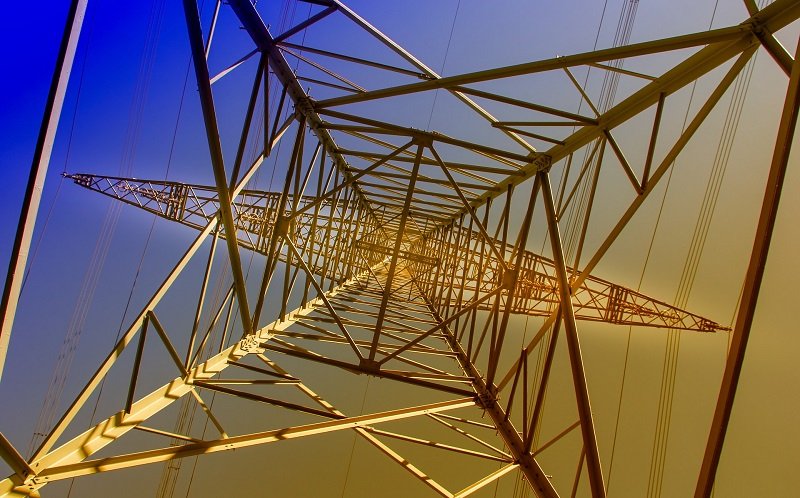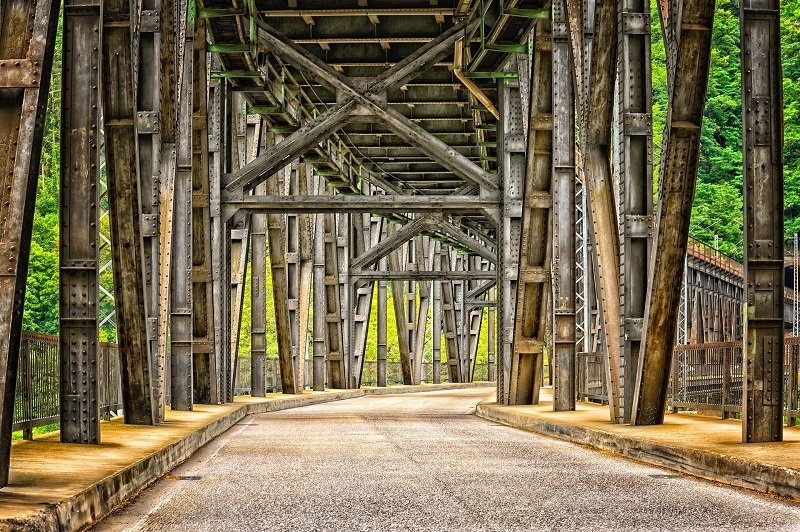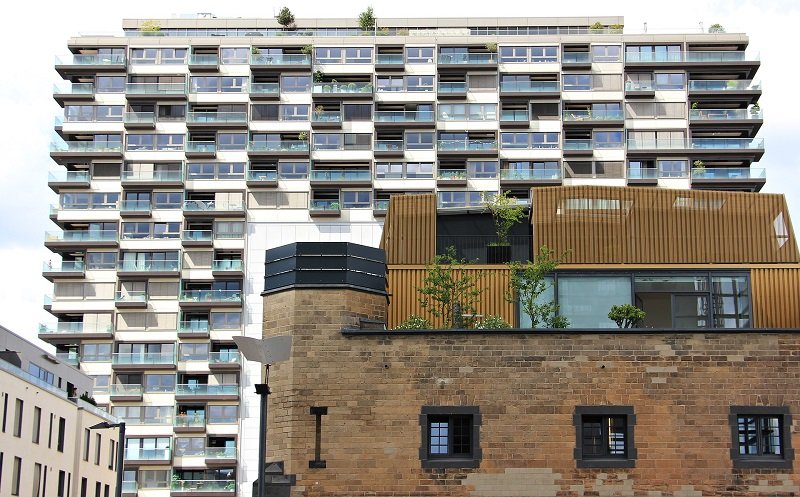NEWS
Miri, Sarawak
Structural steel fabrication is a process used by civil engineers when it comes to building constructions. The process includes bending, cutting, and shaping steel to make a steel product. Fabricated structural steel is not your regular kind of welding where the steel is strengthened and repaired. That’s not what steel fabrication is meant to do. It simply means that engineers use several pieces of steel are combined together to form different structures of pre-established shapes and sizes.
Not every engineer is skilled in structural steel fabrication. The process of structural steel fabrication needs well-trained and experienced technicians who are able to take raw elements and turn them into marketable products. You may really need help and assistance from structural steel fabricators at home. Especially when let’s say, you want to build a staircase made of structural steel.
What Is Structural Steel Made Of?

Structural steel is mostly classified according to its chemical composition. They include the following kinds of steel:
- Carbon Manganese Steels. The main chemical elements included in these kinds of steel include iron, carbon, and manganese. It is usually seen as a kind of mild structural steel or carbon steel. Carbon Manganese Steels usually have high strength and ductility. They are widely used by many construction companies mostly because it is economical.
- High Strength, Low Alloy Steels. The main chemical elements in high strength but low alloy steels are iron, carbon, and some additional chemical components. Those elements are added to improve and expand the steel’s strength. This is a relatively recent development in the steel industry in some countries in the last couple of years.
- High Strength Tempered and Quenched Alloy Steels. These kinds of steels are used for structural purposes. Tempered and quenched steel tend to be the kind of high strength and abrasion-resistant steel with high fabrication qualities and mechanical properties. In order to increase and improve the hardness and strength of the steel, it is subjected to hardening processes such as tempering and quenching.
Varying Structural Steel Composition
However, the composition of structural steel can vary. For obvious reasons, there are many elements used to create structural steel. Those different kinds of fabricated structural steel are used to build different kinds of structures. And those structures are not limited to just constructing buildings.
We should mention that structural steel has always been made of carbon. Those kinds of carbon steel have a carbon content of up to 2.1% by weight. At the same time, do you know that carbon is the most important element in carbon steel just after iron? By increasing the amount of carbon composition in steels can result in materials that have high strength and low ductility. It all depends on how the steel is used that can determine the carbon level or content it needs.
Low-carbon steel is also known as mild steel. Those kinds of steel are a widely used form of carbon steel. They are commonly used for construction purposes. This is why low-carbon steel is the first kind people think of when they talk about structural steel.
Medium and high-carbon plates of steel are steels with carbon content ranging anywhere from 0.31% to 1.50% of carbon in it. While they can be considered as structural steel, they are usually used for mechanical engineering purposes.
Common Structural Steel Shapes

Structural steels do come in different shapes too. As mentioned previously, people often use structural steel for construction purposes. A structural steel shape is a profile made with a specific cross-section. Here are some common steel shapes you can find:
- I-Beam – This is an I-shaped cross-section capped with flanges (projections) on either side
- Z-Shape – Half of its projections going in opposite directions that resembles the letter Z
- Angle – This is an L-shaped cross-section steel beam
- Tee – A T-shaped cross-section steel beam
- Bar – A rectangular, cross-sectioned long piece of steel beam
- Rod – A round or square piece of steel, usually long
Due to structural steels’ ductility, the variety of shapes, thickness, and even the sizes can be customized to meet specific construction needs.
How Are Fabricated Structural Steel Made?

As mentioned again and again – fabricated structural steel is one of the most important properties when it comes to construction. Whether if it is for building bridges, buildings, or other large structures, you will definitely need to use structural steel.
The material used to make structural steel has a long list of benefits. These benefits are important to construction companies that build and maintain countries’ infrastructure.
For the majority of construction projects, structural steel forms its backbone. Because of that, it is really important to place a high requirement on the composite and the demanding process. That reason is to form the material and adapt it to whatever important parts it will become. If it is not handled properly, there will be obvious risks that can jeopardize a project’s long-term practicality.
The quick summary of how structural steel is made: It involves heating up iron and adding certain substances to it. The mixture is to achieve specific properties. However, the long version is much more involved.
The chief ingredient in creating fabricated structural iron is raw iron. However, people hardly find iron as a pure element in nature. Most usually contains a high level of carbon concentration. Some of that carbon needs to be removed, but not entirely. Consequently, steel products manufacturing can be an involved process.
Basic Step-By-Step Guide to How Fabricated Steel Are Made
Below is a basic step-by-step process of how companies create structural iron:
- Step 1 – The raw iron is crushed and sorted. There are numerous different ways of the refining process. These refining processes are all made to sort out the best iron grades, usually at about 60%
- Step 2 – Ore is then loaded into the blast furnace from the top, then heated. At the same time, hot air is blown into the furnace from the bottom. The proceeding reaction begins to eliminate impurities as the pure iron sinks to the bottom of the furnace.
- Step 3 – The molten iron is taken off and further heated to allow the inclusion of other substances. Substances such as manganese and other substances that deliver different properties to the finished steel products.
At the completion of steel creation, companies have many uses for it. Its uses can include turning into many different formations depending on how you plan to use it. The most common structural steel you usually find in construction are beams, channel, angle, plate, and hollow steel tube.
How Is Fabricated Structural Steel Any Different?

There are numerous different formations that you can find structural steel in. However, for the most part, it is the same material inside. Like any other types of steel, the main elements are iron and carbon. The more carbon added to the alloy, the higher the strength and lower the ductility of the final product. Engineers may add other chemicals or substances in the production process to:
- Improve strength
- Deliver ductility
- Improved economics use
As mentioned before, the other commonly added material to structural steel besides iron and carbon is manganese. It improves the machinability of steel and also helps bind steel better. That way, the steel can resist cracking and splitting during the rolling process.
The carbon ratio in structural steel is important if you are going to consider how to use the metal with. Lower carbon content may be easier to weld, however, it also can make the material more difficult to work with overall. It lowers the construction speed with the material that comes with the steel. It is really crucial to find the perfect balance when considering its use.
The end steel product usually has an excellent ratio of low weight to massive strength. That makes the end steel product the perfect construction material. Here are some ways that we can benefit from structural steel.
- Large buildings can benefit from the speed of construction
- You can build and repair a lot of industrial buildings for cheaper and easier
- Residential buildings and living spaces can benefit from increased strength and durability
- Structural steel can easily benefit bridges due to its low weight and immense strength
Fabricated Structural Steel

Even when structural steel has been made into shape, structural steel still needs fabricating and welding. Skilled fabricators or welders can take advantage of the structural steel’s relative malleability. They can use it to create whichever shape a specific application needs it for.
Welding is becoming the most common method of fabricating structural steel, replacing riveting in the process. And with good reasons too. Welded structures from fabricated structural steel are said to be:
- Lighter in weight compared to similarly riveted structures
- Cost-effective, more so than riveting
- Much easier than riveted counterparts to navigate and mould
Those are some of the great uses of fabricated structural steel.
Conclusion
The bottom line is that fabricated structural steel has many beneficial uses in construction structures. Get in touch with us today for your engineering needs.
